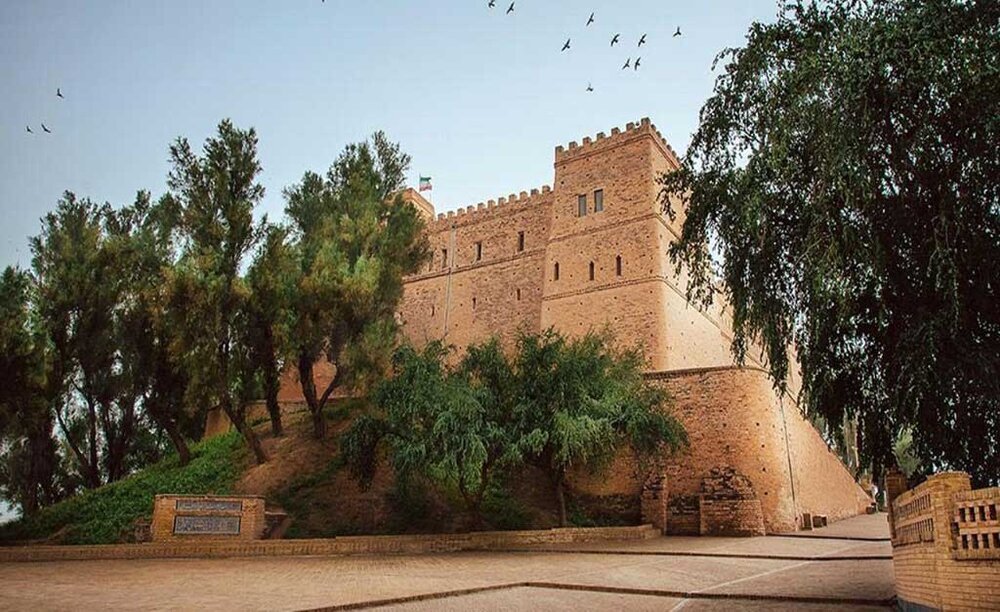INSUBCONTINENT EXCLUSIVE:
TEHRAN - Omid Sabripour, the governor of Shush, has called for renewed archaeological efforts in the ancient city of Susa, where, according
the city has become more of a transit point for visitors heading to neighboring destinations rather than a primary attraction.Historical
significance of SusaLocated in southwestern Iran, approximately 115 kilometers northwest of Ahvaz, Susa is one of the oldest and most
significant archaeological sites in the world.Registered as a UNESCO World Heritage site in 2015, Susa boasts a complex of archaeological
architectural relics include administrative, residential, and palatial structures, offering a glimpse into the Elamite, Persian, and
Parthian cultures, many elements of which have vanished over time
Susa was a winter residence for Persian kings following its capture by Cyrus the Great in 538 or 539 BC, marking its integration into the
Persian Empire.A wealth of archaeological findsArchaeological excavations in Susa have uncovered a treasure trove of artifacts, including
pottery, bronze items, ornamental objects, and clay tablets
Despite its historical and cultural wealth, much of Susa remains unexplored, highlighting the urgent need for renewed archaeological
initiatives.Gateway to iconic destinationsSusa also serves as a portal to several prominent landmarks, including the UNESCO-listed ziggurat
of Tchogha Zanbil, the Achaemenid Apadana Castle, Shush Castle (Akropol), and the Prophet Daniel Shrine
Additionally, the Museum of Susa and the Haft Tapeh archaeological site attract history enthusiasts from around the globe.With such
unparalleled historical significance and cultural assets, local authorities hope that intensified excavation efforts and better promotion

